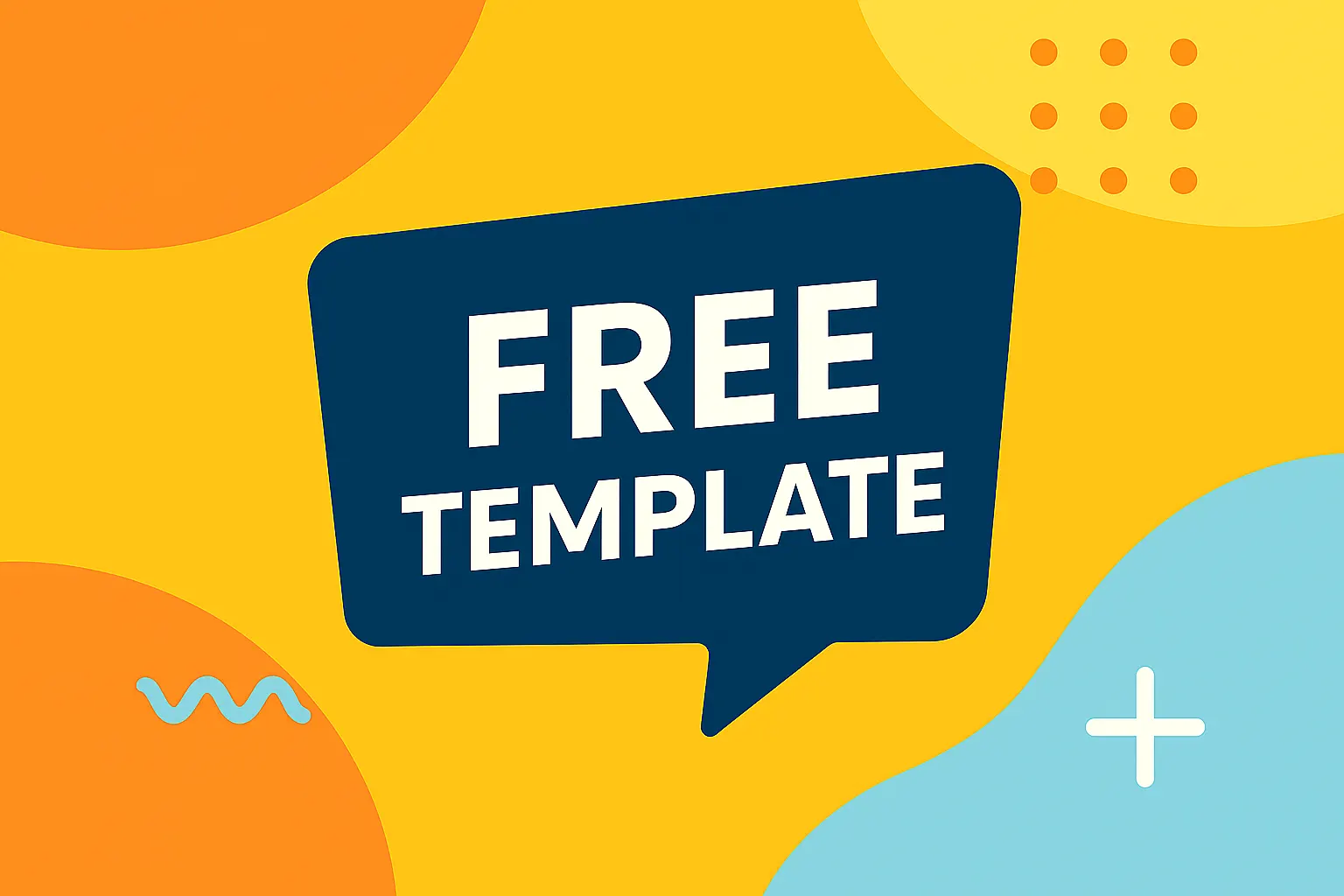Introduction
Creating a custom WordPress theme from scratch is one of the most powerful skills a developer can master. While thousands of free and premium themes exist, building your own allows complete control over design, structure, and functionality — tailored specifically to your or your client’s needs.
Whether you’re a freelancer, agency developer, or hobbyist, this step-by-step tutorial will walk you through how to build a custom WordPress theme in 2025, using the best development practices, tools, and modern WordPress standards.
What Is a Custom WordPress Theme?
A WordPress theme is a collection of files that determine how your WordPress site looks and behaves on the front-end. A custom theme is one you build from scratch or heavily modify to create a unique user experience.
You’re not limited by design frameworks or third-party styles — every line of code is yours.
Prerequisites: Skills and Tools Needed
Before starting, make sure you’re familiar with:
- HTML5 & CSS3
- PHP (basic to intermediate)
- JavaScript/jQuery
- WordPress Template Hierarchy
- Basic MySQL (optional but helpful)
Tools Required:
- Local development environment (Local WP, XAMPP, MAMP, etc.)
- Code editor (VS Code, Sublime Text)
- Browser DevTools
- Git (optional for version control)
Understanding the WordPress Theme File Structure
At the very least, a WordPress theme needs two files:
- style.css — Contains meta info and basic styles.
- index.php — The main template file.
Other common files include:
- functions.php
- header.php
- footer.php
- sidebar.php
- page.php, single.php, archive.php, 404.php
Setting Up the Development Environment
- Install a local server tool like LocalWP.
- Set up a fresh WordPress installation.
- Navigate to /wp-content/themes/ and create a new folder, e.g., mycustomtheme.
Creating Your Theme Folder and style.css
Create a style.css with the following header:
/*
Theme Name: My Custom Theme
Theme URI: https://example.com
Author: Your Name
Author URI: https://example.com
Description: A custom theme built from scratch.
Version: 1.0
License: GNU General Public License v2 or later
Text Domain: mycustomtheme
*/
Add basic styles to test if it loads properly.
Building index.php and functions.php
index.php
Basic structure:
<?php get_header(); ?>
<h1><?php bloginfo(‘name’); ?></h1>
<p><?php bloginfo(‘description’); ?></p>
<?php
if (have_posts()) :
while (have_posts()) : the_post();
the_title(‘<h2>’, ‘</h2>’);
the_content();
endwhile;
endif;
?>
<?php get_footer(); ?>
functions.php
Use this file to enqueue scripts and add theme support:
<?php
function mytheme_scripts() {
wp_enqueue_style(‘style’, get_stylesheet_uri());
}
add_action(‘wp_enqueue_scripts’, ‘mytheme_scripts’);
?>
Adding Template Files: header.php, footer.php, sidebar.php
Break up your layout into reusable components:
header.php
<!DOCTYPE html>
<html <?php language_attributes(); ?>>
<head>
<meta charset=”<?php bloginfo(‘charset’); ?>”>
<title><?php wp_title(); ?></title>
<?php wp_head(); ?>
</head>
<body <?php body_class(); ?>>
footer.php
<?php wp_footer(); ?>
</body>
</html>
sidebar.php
<?php if (is_active_sidebar(‘main-sidebar’)) : ?>
<aside><?php dynamic_sidebar(‘main-sidebar’); ?></aside>
<?php endif; ?>
Enqueueing CSS and JavaScript Properly
Use wp_enqueue_scripts in functions.php instead of hardcoding in <head>:
function mytheme_assets() {
wp_enqueue_style(‘theme-style’, get_stylesheet_uri());
wp_enqueue_script(‘main-js’, get_template_directory_uri() . ‘/js/main.js’, array(), false, true);
}
add_action(‘wp_enqueue_scripts’, ‘mytheme_assets’);
Creating Page Templates and Custom Loops
Create page.php for static pages:
<?php get_header(); ?>
<?php
if (have_posts()) :
while (have_posts()) : the_post();
the_content();
endwhile;
endif;
?>
<?php get_footer(); ?>
Custom template for a specific page:
Create page-about.php to override About page layout.
Adding Theme Support Features
Inside functions.php, you can add:
add_theme_support(‘title-tag’);
add_theme_support(‘post-thumbnails’);
add_theme_support(‘custom-logo’);
add_theme_support(‘menus’);
Register a menu:
register_nav_menus(array(
‘main-menu’ => __(‘Main Menu’, ‘mycustomtheme’),
));
Using Block Editor (Gutenberg) with FSE
WordPress 6.5+ enables Full Site Editing (FSE).
To use FSE:
- Use theme.json for settings.
- Use block templates in /templates/ folder.
- Create custom block patterns.
Example theme.json:
{
“version”: 2,
“settings”: {
“color”: {
“palette”: [
{
“slug”: “primary”,
“color”: “#333”,
“name”: “Primary”
}
]
}
}
}
Theme Customizer and Options
Use the WordPress Customizer API:
function mytheme_customize_register($wp_customize) {
$wp_customize->add_section(‘footer_section’, array(
‘title’ => __(‘Footer Settings’),
));
$wp_customize->add_setting(‘footer_text’);
$wp_customize->add_control(‘footer_text’, array(
‘label’ => __(‘Footer Text’),
‘section’ => ‘footer_section’,
‘type’ => ‘text’,
));
}
add_action(‘customize_register’, ‘mytheme_customize_register’);
Best Practices for Theme Development
- Follow WordPress Coding Standards
- Make your theme translation-ready using __() and _e()
- Sanitize and validate all user inputs
- Keep logic out of templates; use functions or hooks
- Optimize images and assets
- Use theme-check plugin for validation
Final Testing and Validation
Test your theme:
- Cross-browser testing
- Mobile responsiveness
- Use WP_DEBUG mode
- Validate code with Theme Check
- Test with demo content from WP Theme Unit Test
Packaging and Distributing Your Theme
- Zip your theme folder.
- Add a screenshot.png (1200x900px recommended).
- Distribute via your website, GitHub, or marketplaces (e.g., ThemeForest, TemplateMonster).
- Optional: Add a readme.txt file with documentation.
Start building your first custom WordPress theme today and unlock limitless design freedom with full control over your website’s functionality and appearance.

